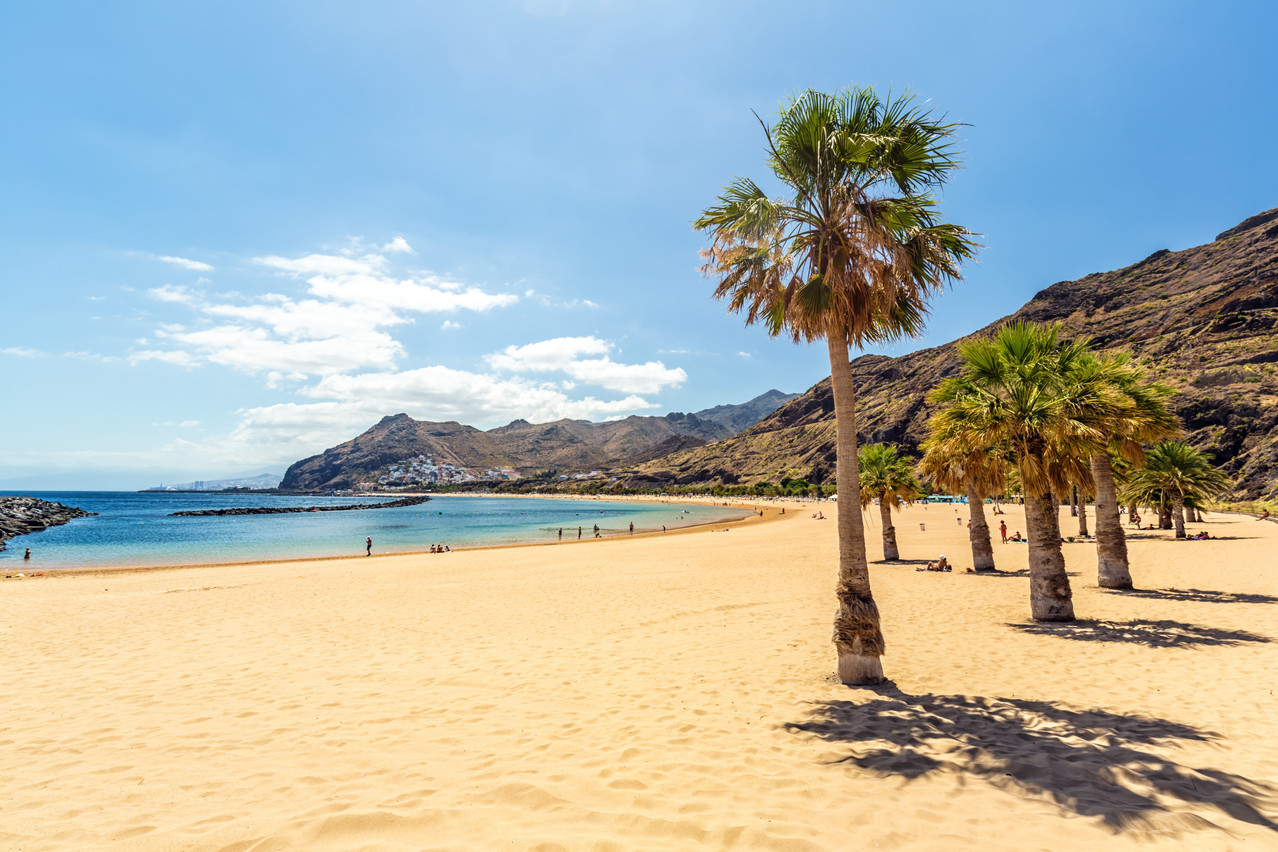The island of Tenerife was created volcanically, and the Teide peak dominates most views. At over 3,718m above sea level, this volcano is the third largest on the planet. For the more adventurous types (who can withstand the altitude!), it’s possible to climb the peak for expansive views.
Teide National Park--declared a UNESCO World Heritage Site in 2007--surrounds the peak. A drive from the coast takes visitors through pine trees poking through thick clouds up to a near-lunar topography. The vegetation around the island is impressive, everything from juniper to red-tipped bugloss. For a closer look at a dragon tree and other endemic species, visit the Parque del Drago, the main highlight of Icod de los Vinos, not far from the Cueva del Viento, the fifth largest lava tube in the world. Prefer to check out the local wines? Head to the Orotava Valley in the northwest, the vintages of which lean toward a peppery-fruity balance, with a mineral character to be expected from the volcanic island.
From the peaks to the Mediterranean, there are plenty of rugged landscapes--from the massifs to the valleys and ravines, to plenty of variety along the 65km coastline. While much of the northern coastline is steep, with black sand or pebbles, those in the south tend to be a bit calmer with lighter sand. Beaches can indeed be enjoyed year-round--it’s rare for temperatures to drop below 20°C in even the coldest months, earning Tenerife its nickname “island of eternal spring”.
Island life
While plenty of restaurants and shops cater to tourists, the local tapas are worth tasting. One well-known speciality is papas arrugadas (wrinkly potatoes, cooked in saltwater, with their skins on), served with mojo sauce. Red mojo is made from red peppers, paprika and garlic, typically served with meat, while green mojo, made with green peppers (different variations use coriander or parsley), tends to be served alongside fish.
Originally seawater was used to cook papas arrugadas. The sea naturally has greatly influenced life on Tenerife, and the Canary Islands in general--Tenerife’s small neighbour, La Gomera, even has its own whistling language, allowing locals to transmit messages from a great distance! La Gomera also boasts the Christopher Columbus house, where the explorer stayed in 1492 before his journey to the New World. The Tenerife-La Gomera crossing is a 40-minute ferry ride--and if you’re lucky, you’ll catch a few glimpses of pilot whales along the way!
For more information, visit:
